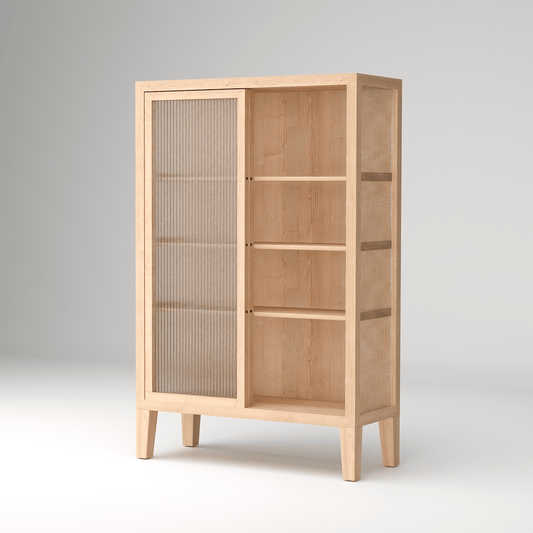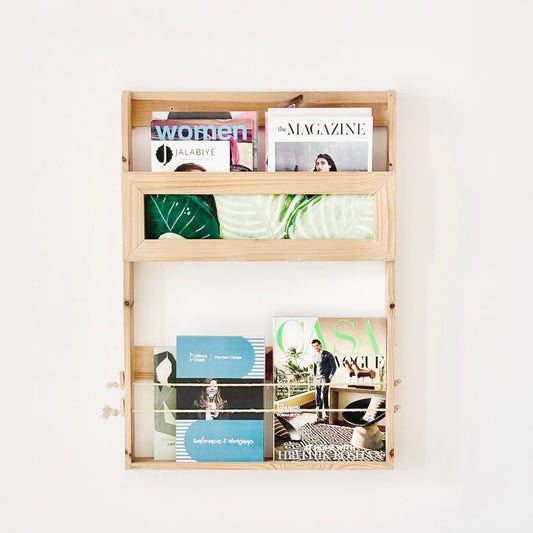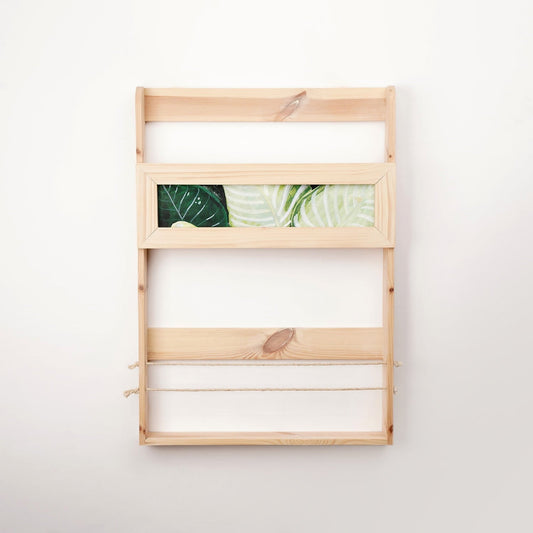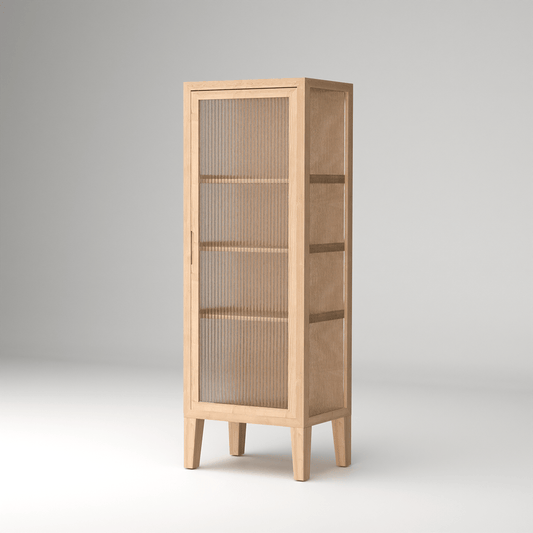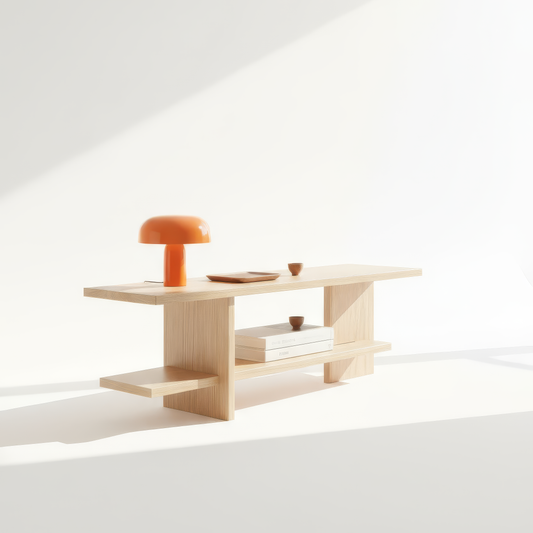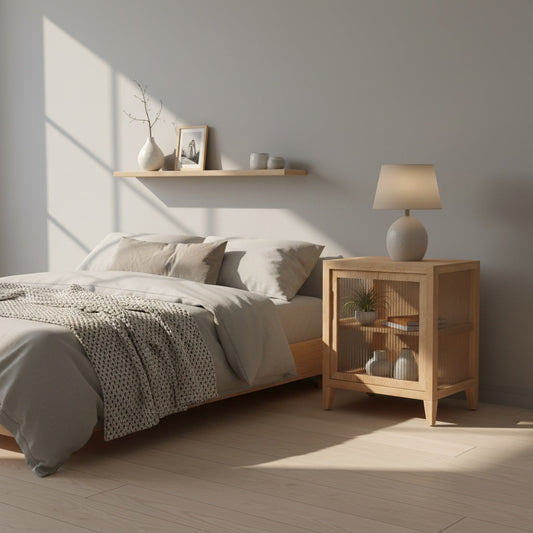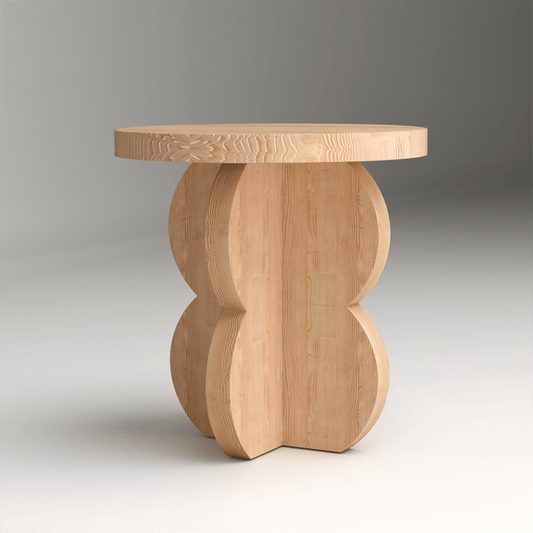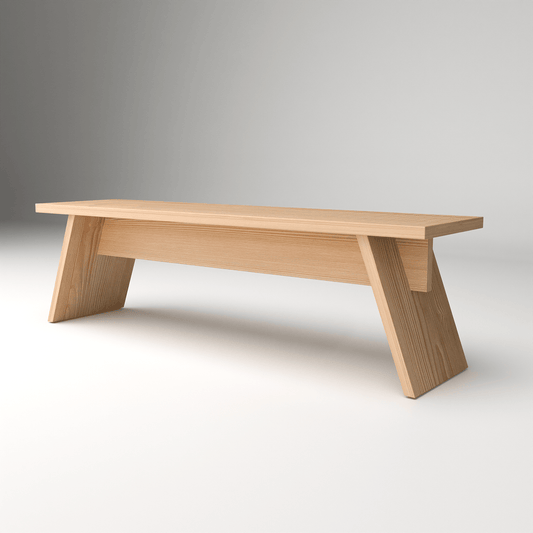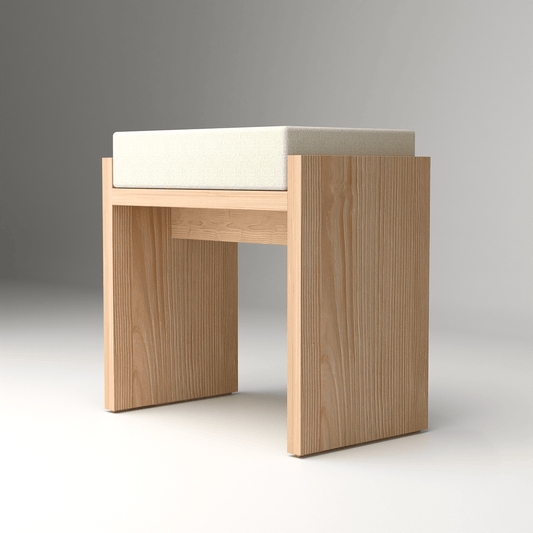Sustainability in design is no longer a trend—it’s a responsibility. And when it comes to sustainable living in India, our own heritage offers a rich array of earth-friendly materials. Among them, jute, bamboo, and khadi stand tall as timeless, ethical, and aesthetically versatile fabrics.
These materials aren’t just environmentally sound—they’re deeply rooted in India’s cultural legacy. Today, they are finding a beautiful new voice in modern interior design, particularly in homes that value simplicity, minimalism, and natural textures. Whether you live in a metro apartment or a modern villa, incorporating these fabrics into your space can add warmth, authenticity, and purpose.
Here’s how to use sustainable Indian textiles like jute, bamboo, and khadi to create spaces that feel good—and do good.
Why Choose Sustainable Fabrics?
-
Eco-friendly: These fabrics are biodegradable and require less water and chemicals to produce.
-
Locally sourced: Supporting them means supporting Indian farmers, weavers, and artisan communities.
-
Versatile in modern homes: Their neutral textures and natural tones pair beautifully with clean, contemporary design.
1. Jute – Raw, Rustic & Refined
Known as the “golden fibre,” jute is strong, breathable, and naturally textured.
How to use in interiors:
-
Jute rugs add grounding texture to living rooms or bedrooms.
-
Jute pendant lights or lampshades soften industrial or modern lighting fixtures.
-
Use jute baskets for clutter-free storage with a rustic touch.
-
Pair with wood and stone for a truly earthy aesthetic.
2. Bamboo – Light, Flexible & Modern
Bamboo is fast-growing, sustainable, and incredibly versatile. It offers a clean, minimal look that complements Nordic, Japandi, or Indo-modern homes.
How to use in interiors:
-
Bamboo blinds filter natural light beautifully.
-
Use bamboo planters or trays as accents in living or dining areas.
-
Opt for bamboo fabric upholstery or cushion covers—light, breathable, and perfect for the Indian climate.
-
Bamboo stools or side tables bring functionality and style with a light visual footprint.
3. Khadi – Soft, Soulful & Historic
A fabric synonymous with India’s independence movement, khadi is handspun, handwoven, and naturally dyed—making it an ethical choice with depth.
How to use in interiors:
-
Khadi cushion covers and curtains bring understated elegance to any room.
-
A khadi bedspread or throw can soften a modern wood or metal bedframe.
-
Mix khadi textures in neutral tones—beige, off-white, slate—for a refined, restful palette.
-
Perfect for homes inspired by minimalism with an Indian touch.
Styling Tips for Modern Homes
-
Mix and match: Combine jute with linen, khadi with cotton, bamboo with reclaimed wood.
-
Keep colours neutral: Let the texture speak louder than the print.
-
Prioritise utility: Use these fabrics in functional forms—upholstery, rugs, curtains, or storage.
-
Go slow and intentional: You don’t need to redesign your home overnight. Start with one corner—a reading nook, a dining setup, or a cozy bedroom layer.


